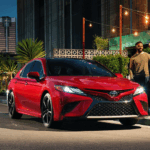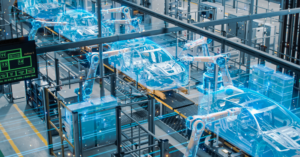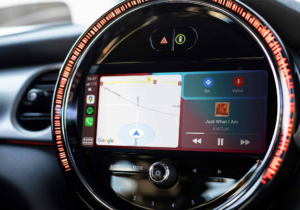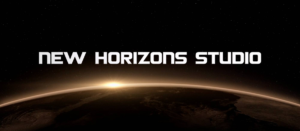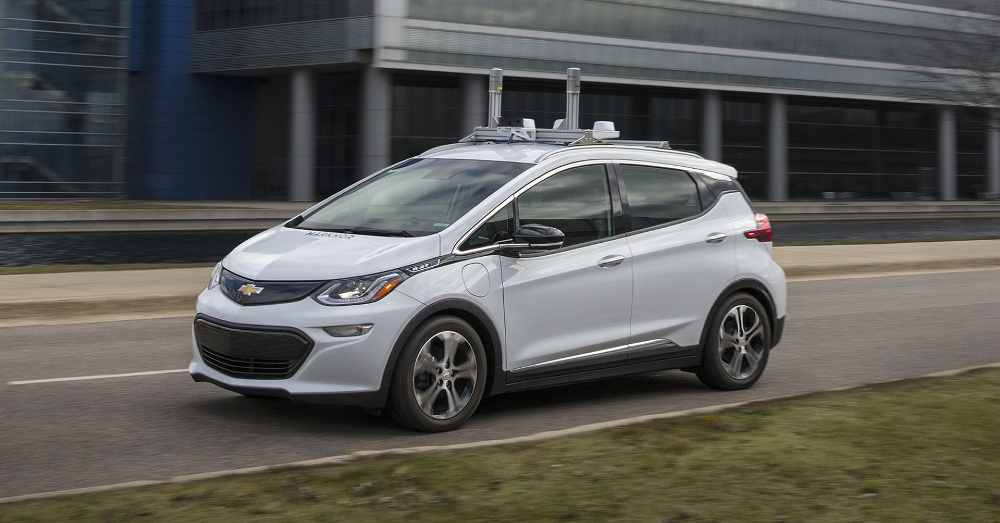
Last month, a Cruise autonomous vehicle crashed into a Toyota Prius on the roads in San Francisco. The Cruise AV vehicle leaves some question of blame.
Don’t get confused with the Cruise AV company and the former Chevrolet Cruze. While both are General Motors products, the Cruise Autonomous Vehicle company works to offer ride hailing services in cities where they have been approved for use. The function of this company is to work toward a self-driving future. Incidents involving crashes on public roads leaves a lot of questions and sets this technology backward.
What Happened in the Crash?
While unconfirmed, a representative from Cruise AV claims the self-driving vehicle stopped and then prepared to make its turn when the Toyota Prius crashed into the Cruise vehicle. This brings the question of whether or not these self-driving vehicles are safe for people and should be allowed on public roads or not. There were three people in the rear of the Cruise vehicle and two in the Toyota Prius. The passengers in the Cruise AV were sent to the hospital with non-life threatening injuries while the Prius occupants were treated at the scene of the crash.
Will this Crash Remain a Mystery?
The only fact known about the crash between these two vehicles is that it happened and injuries took place. So far, the Cruise representatives have declined to release the video footage from the crash and the driver of the Prius could not be reached for comment. At the time of the crash, the Prius driver was operating as part of Uber’s ride-hailing services. Until the video is offered or a video from a surrounding business shows what happened during the crash, we have no way of knowing what caused the two cars to collide.
This Brings About Some Serious Questions
If advanced technology is supposed to make travel from one place to another much safer, why would crashes like this ever occur? Doesn’t the Cruise autonomous vehicle have the technology to detect a car that’s speeding and take countermeasures to avoid a collision? Will crashes like this set the industry back instead of moving forward? Do we need all other vehicles to be gone from the roadways before self-driving cars will be safe to operate? Who is responsible when a self-driving vehicle crashes into another car on the road?
Why do Crashes like this Ever Occur?
Autonomous vehicles are new in the market and the public roads are the testing ground being used once vehicles show they can operate properly on closed courses. This is the only way we know of for companies to face challenges and develop the technology needed to allow self-driving vehicles to become part of our landscape. For the next several years, we’re likely to hear more about crashes like this one and can only hope that very few result in a loss of life. Without knowing the severity of the injuries, we can’t say whether or not a crash gave Cruise AV any useful information that was worth putting passengers in harm’s way.
Can’t the Cruise Vehicle Avoid a Collision?
The technology developed to allow vehicles to drive on their own is made to not only safely drive but also engage countermeasures to avoid accidents. While its unknown publicly if part of the technology included in these cars can detect when another is speeding and the vehicle won’t have time to complete a turn, but that certainly needs to be a focus for these cars going forward. Unfortunately, to develop the technology that will bring us to a self-driving future, many human-driven cars will be on the road, which means unpredictability during the drive.
Will Crashes Like this Send the Industry Backward?
Crashes such as the one in San Francisco shouldn’t send autonomous vehicle technology backward, but it should serve as an example of where we stand today. Regulators and researchers need to continue to work toward ensuring these cars will be much safer than what we have today. If we can’t trust the technology to do the driving, many people will continue to drive their own vehicles until they absolutely cannot. There are amazing possibilities with self-driving vehicles, but they have to be safe above all else. Without safety, there’s no point in taking the human driver out of the seat.
Will the Roads be Safe for Both Self-Driving and Human-Driven Vehicles?
This is yet to be seen. Even though there aren’t a lot of crashed between self-driving and human-driven vehicles, the fact that there are only a few autonomous vehicles on the road should serve as a warning. Its understood that technology must be developed to create a driving experience that’s similar to what we enjoy right now. Unless the drive feels normal and natural to people, many will likely not want to get in a self-driving car or experience what this technology can offer. This includes driving the same as humans and having the technology to predict what other drivers on the road are going to do.
Who is Responsible When an Autonomous Vehicle is Involved in a Crash?
Early signs point to the owner of the vehicle being held responsible if their car is the at-fault vehicle in a crash. This doesn’t seem to matter if the owner is behind the wheel or the car is driving itself. This does make some sense once these vehicles are privately owned and not simply part of the ride-sharing community. The ride-sharing cars are the responsibility of the company. In the case of this crash in San Francisco, if its determined the Cruise AV was at fault, the Cruise is at fault.
Are You Looking Forward to a Self-Driving Future?
Some people are excited to see cars that can drive them around, but crashes like this one create questions and hesitation for this new technology. Many people don’t want to give up the steering wheel and won’t embrace autonomous vehicles. We can’t truly predict when self-driving cars will offer a widespread use, but it doesn’t seem to be ready for public dissemination yet.
This post may contain affiliate links. Meaning a commission is given should you decide to make a purchase through these links, at no cost to you. All products shown are researched and tested to give an accurate review for you.




